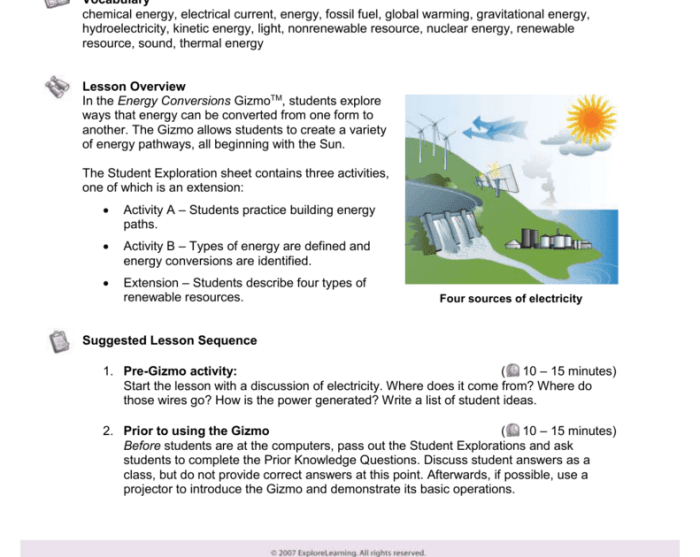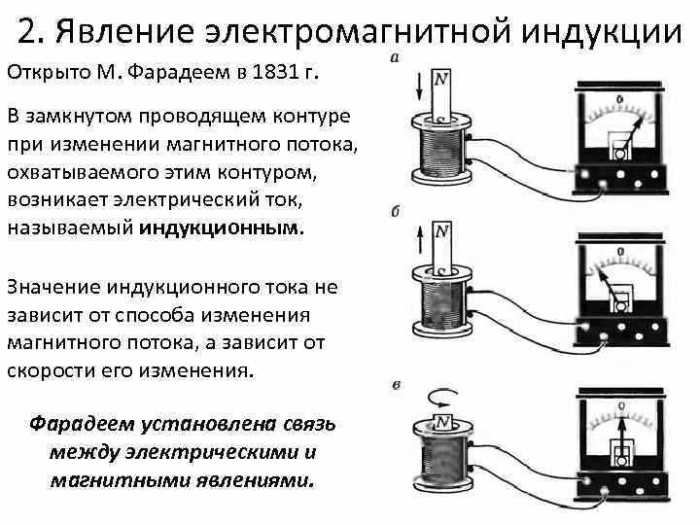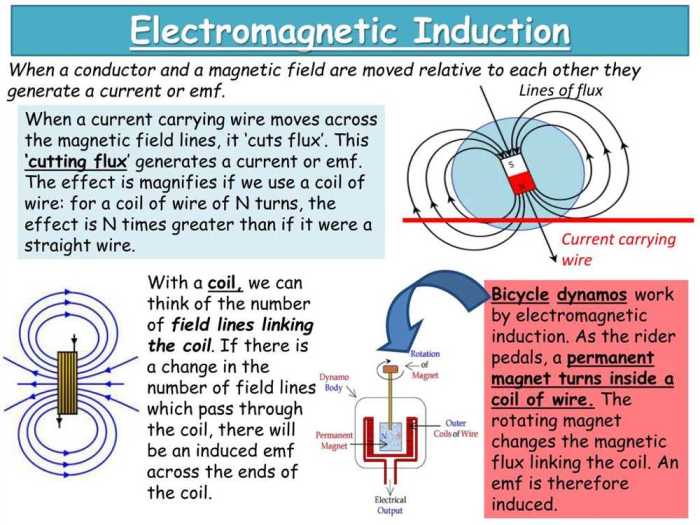Embark on a captivating journey into the realm of electromagnetism with the Magnetic Induction Gizmo Answer Key, an indispensable guide that unlocks the mysteries of magnetic fields, magnetic flux, and Faraday’s Law of Induction. Delve into the intricate workings of the gizmo, unraveling its components and exploring its capabilities.
Through hands-on simulations and interactive experiments, this answer key empowers learners to visualize magnetic fields, measure magnetic flux, and investigate the fundamental principles that govern electromagnetic phenomena. Prepare to unravel the secrets of magnetic induction and discover its wide-ranging applications in modern technology.
Magnetic Induction Gizmo Basics

The Magnetic Induction Gizmo is a virtual laboratory tool that allows students to explore the principles of magnetic induction. It consists of a coil, a magnet, and a sensor. The coil is connected to a voltmeter, which measures the voltage induced in the coil when the magnet is moved.
The magnet can be moved closer to or farther from the coil, and the speed of the magnet can be varied.
Components, Magnetic induction gizmo answer key
The Magnetic Induction Gizmo consists of the following components:
A coil
The coil is a conductor that is wrapped around a core. When a magnetic field passes through the coil, a voltage is induced in the coil.
A magnet
The magnet is a source of magnetic field. The strength of the magnet determines the strength of the magnetic field that passes through the coil.
A sensor
The sensor measures the voltage induced in the coil. The voltage is proportional to the strength of the magnetic field and the speed of the magnet.
Variables
The following variables can be manipulated in the Magnetic Induction Gizmo:
The strength of the magnet
The strength of the magnet determines the strength of the magnetic field that passes through the coil.
The distance between the coil and the magnet
The distance between the coil and the magnet determines the strength of the magnetic field that passes through the coil.
The speed of the magnet
The speed of the magnet determines the rate at which the magnetic field changes.
Exploring Magnetic Fields

The Magnetic Induction Gizmo provides a dynamic platform to visualize and explore magnetic fields. Magnetic fields are invisible forces that surround magnets and current-carrying conductors. They exert forces on moving charges and magnetic materials.
The gizmo uses a series of vectors to represent the direction and strength of the magnetic field at different points in space. The length and direction of each vector indicate the strength and orientation of the field at that point.
By adjusting the settings of the gizmo, users can investigate the magnetic fields of various objects, including magnets, current-carrying wires, and solenoids.
Visualizing Magnetic Fields
To visualize the magnetic field of an object, select the object from the drop-down menu and click the “Play” button. The gizmo will generate a series of vectors that represent the magnetic field around the object. The vectors will be color-coded to indicate the strength of the field, with red vectors representing stronger fields and blue vectors representing weaker fields.
The gizmo also allows users to adjust the perspective of the magnetic field. By clicking and dragging the mouse, users can rotate the object and view the magnetic field from different angles. This feature allows users to gain a better understanding of the three-dimensional nature of magnetic fields.
Magnetic Field Lines
Magnetic field lines are imaginary lines that connect points of equal magnetic field strength. They provide a visual representation of the direction and strength of the magnetic field at different points in space. The gizmo can be used to generate magnetic field lines by selecting the “Show Field Lines” checkbox.
The gizmo will generate a series of field lines that extend from the object. The field lines will be denser in regions where the magnetic field is stronger and sparser in regions where the magnetic field is weaker. The direction of the field lines indicates the direction of the magnetic force that would be exerted on a positive charge moving through the field.
Investigating Magnetic Fields
The Magnetic Induction Gizmo can be used to investigate the magnetic fields of a wide variety of objects. By selecting different objects from the drop-down menu, users can explore the magnetic fields of magnets, current-carrying wires, solenoids, and other objects.
The gizmo can also be used to investigate the effects of different factors on the magnetic field. For example, users can investigate the effects of changing the current in a wire or the strength of a magnet on the strength of the magnetic field.
Measuring Magnetic Flux
Magnetic flux is a measure of the amount of magnetic field passing through a given area. It is calculated by multiplying the magnetic field strength by the area of the surface. The SI unit of magnetic flux is the weber (Wb).
The Gizmo can be used to measure the magnetic flux of different magnetic fields by placing a coil in the field and measuring the voltage induced in the coil. The voltage induced in the coil is proportional to the magnetic flux, so by measuring the voltage, we can calculate the magnetic flux.
Measuring the Magnetic Flux of a Bar Magnet
- Place a coil in the magnetic field of a bar magnet.
- Connect the coil to a voltmeter.
- Measure the voltage induced in the coil.
- Calculate the magnetic flux using the formula: Φ = V/N
Faraday’s Law of Induction: Magnetic Induction Gizmo Answer Key

Faraday’s law of induction describes the relationship between the change in magnetic flux through a coil of wire and the electromotive force (EMF) induced in the coil.
The EMF induced in a coil is directly proportional to the rate of change of magnetic flux through the coil. This means that the faster the magnetic flux changes, the greater the EMF induced.
Demonstrating Faraday’s Law of Induction with the Gizmo
The Magnetic Induction Gizmo can be used to demonstrate Faraday’s law of induction by varying the magnetic field strength and measuring the induced EMF.
By moving the magnet closer to or further away from the coil, the magnetic field strength can be changed. This will cause the magnetic flux through the coil to change, and an EMF will be induced in the coil.
The induced EMF can be measured using the voltmeter in the gizmo. The voltmeter will display the voltage induced in the coil, which is proportional to the rate of change of magnetic flux.
Applications of Faraday’s Law of Induction
Faraday’s law of induction has many applications in electrical engineering, including:
- Generators: Generators use Faraday’s law of induction to convert mechanical energy into electrical energy.
- Transformers: Transformers use Faraday’s law of induction to change the voltage of an AC current.
- Inductors: Inductors use Faraday’s law of induction to store energy in a magnetic field.
Applications of Magnetic Induction
Magnetic induction has numerous practical applications in various devices and technologies. It is a fundamental principle behind the functioning of generators, transformers, and electric motors, which are essential components in power generation, transmission, and utilization.
Generators
Generators convert mechanical energy into electrical energy based on the principle of electromagnetic induction. When a conductor moves within a magnetic field, an electromotive force (EMF) is induced in the conductor. This EMF causes a flow of current, generating electricity.
In a generator, a rotating armature (conductor) is placed inside a stationary magnetic field. As the armature rotates, the conductors cut through the magnetic field lines, inducing an EMF and generating electricity.
Transformers
Transformers transfer electrical energy from one circuit to another through electromagnetic induction. They consist of two or more coils wound around a laminated iron core. When an alternating current flows through the primary coil, it creates a changing magnetic field.
This changing magnetic field induces an EMF in the secondary coil, which is connected to the load. The ratio of the number of turns in the primary and secondary coils determines the voltage transformation ratio.
Electric Motors
Electric motors convert electrical energy into mechanical energy based on the principle of magnetic induction. When a current flows through a conductor placed in a magnetic field, a force is exerted on the conductor. This force causes the conductor to move, resulting in mechanical motion.
In an electric motor, a rotating armature (conductor) is placed inside a stationary magnetic field. When current flows through the armature, it experiences a force that causes it to rotate.
Everyday Devices and Technologies
Magnetic induction is also used in various everyday devices and technologies, such as:
- Magnetic resonance imaging (MRI): MRI scanners use strong magnetic fields and radio waves to create detailed images of the inside of the body.
- Induction cooktops: Induction cooktops use magnetic induction to generate heat directly in the cookware, allowing for faster and more efficient cooking.
- Wireless charging: Wireless chargers use magnetic induction to transfer power to devices without the need for physical connections.
- Metal detectors: Metal detectors use magnetic induction to detect the presence of metal objects.
Clarifying Questions
What is the purpose of the Magnetic Induction Gizmo?
The Magnetic Induction Gizmo is an interactive simulation tool designed to help learners visualize and explore magnetic fields, measure magnetic flux, and investigate Faraday’s Law of Induction.
How can I use the gizmo to visualize magnetic fields?
By adjusting the strength of the magnet, the distance between the coil and the magnet, and the speed of the magnet, learners can observe how magnetic fields change and interact with different objects.
What is magnetic flux, and how can I measure it using the gizmo?
Magnetic flux is the amount of magnetic field passing through a given area. The gizmo allows learners to measure magnetic flux by placing a coil within a magnetic field and observing the induced electromotive force (EMF).
How does the gizmo demonstrate Faraday’s Law of Induction?
By moving a magnet through a coil, learners can observe the generation of an EMF due to the change in magnetic flux. This demonstrates Faraday’s Law of Induction, which states that a changing magnetic field induces an EMF in a conductor.
